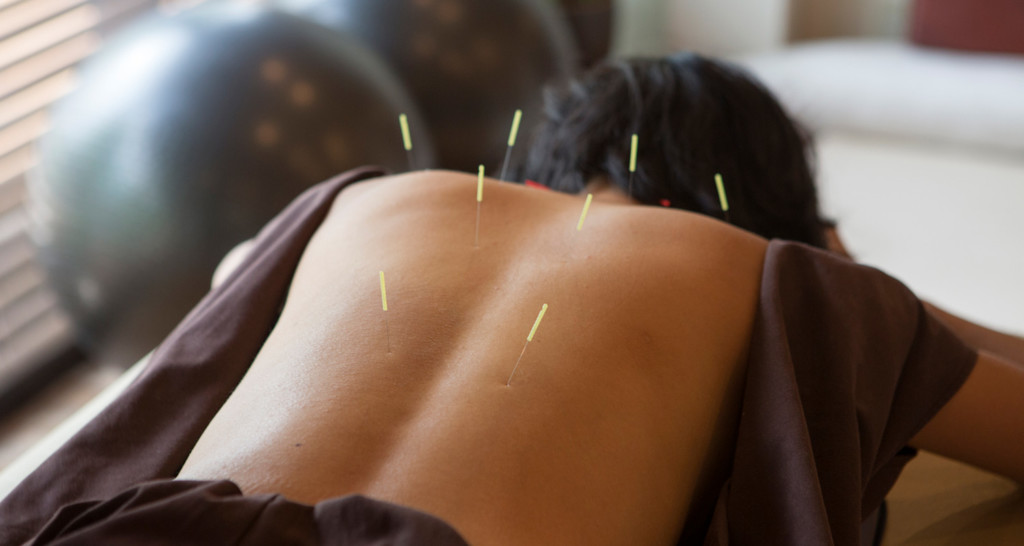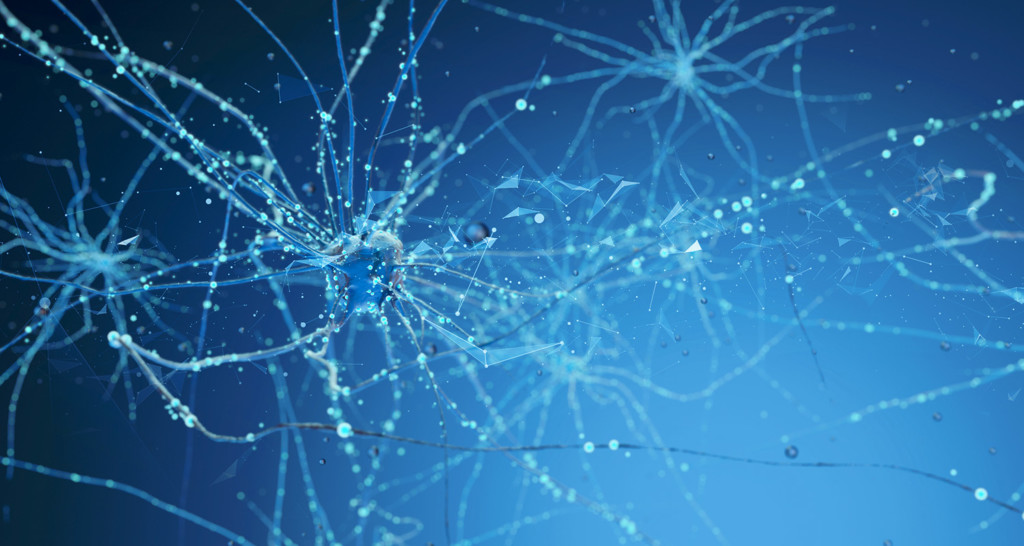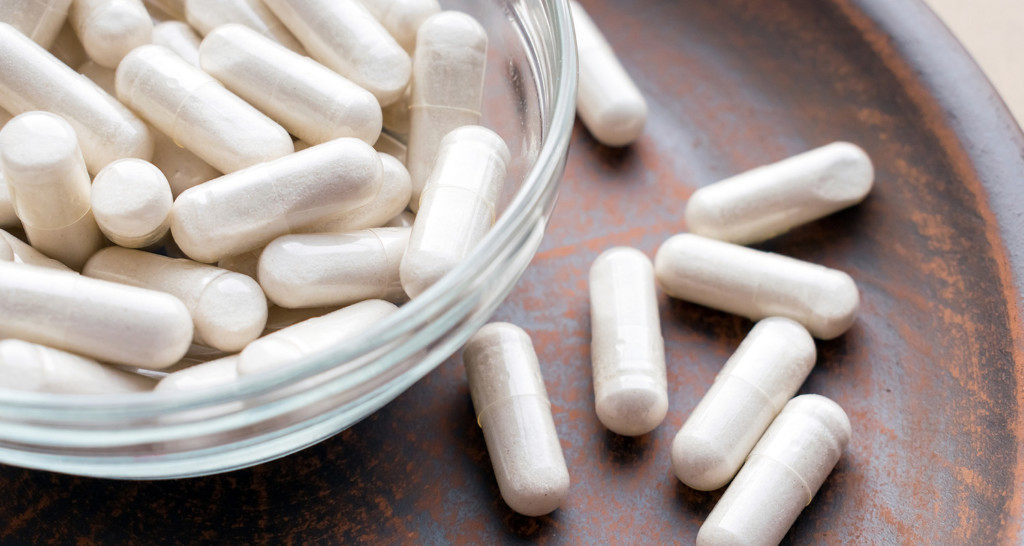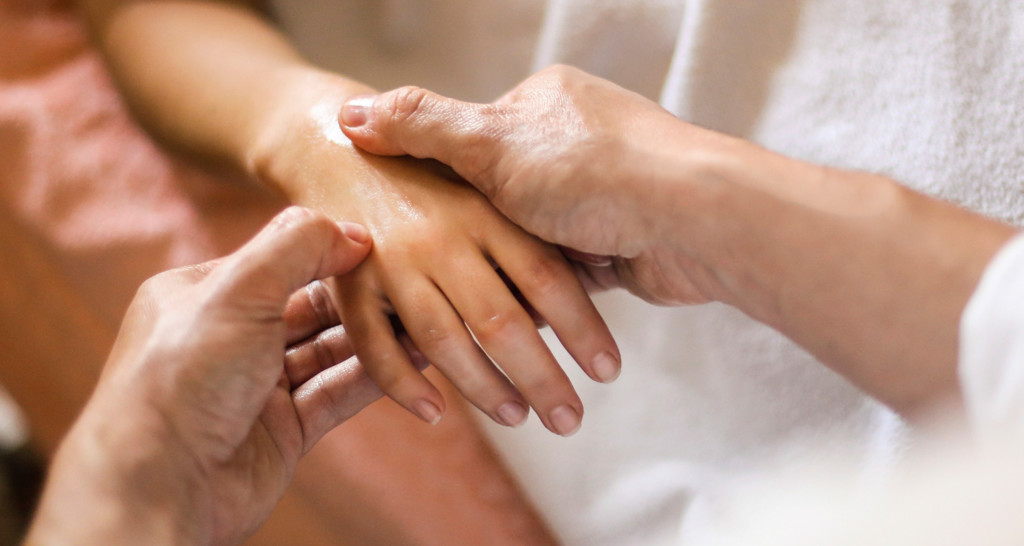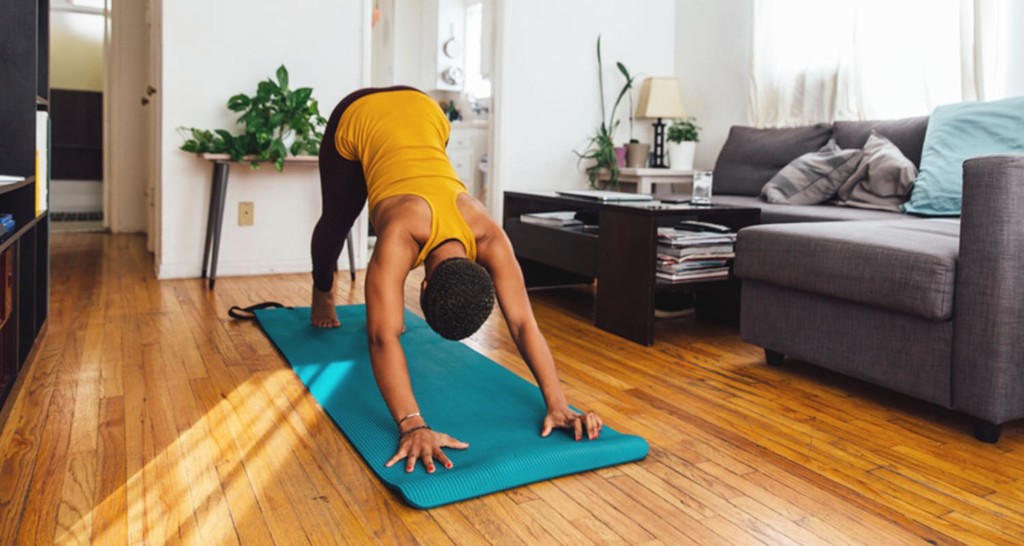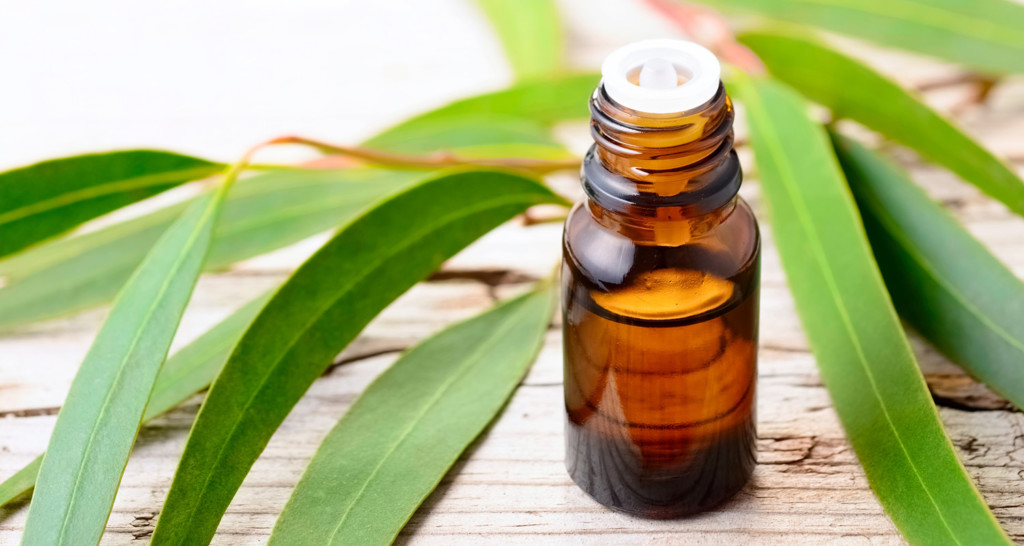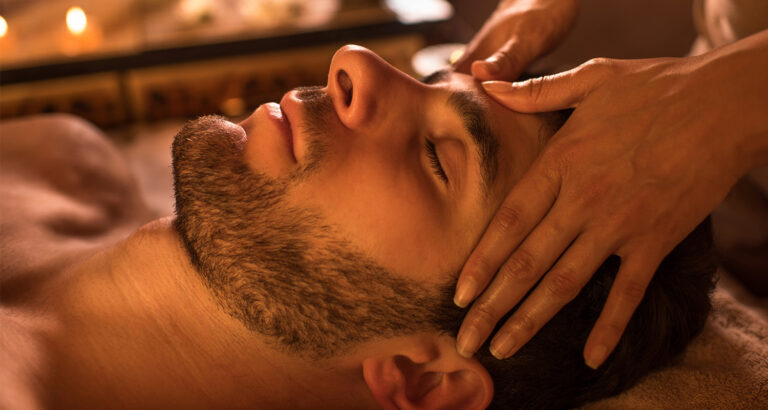
[tldr]
- Common migraine triggers include foods like chocolate, red wine, and processed meats, stress, a disturbance in sleep, and changes in barometric pressure.
- While there’s no silver-bullet migraine cure, there are natural migraine remedies that have shown promise in studies,.
- Natural remedies include acupressure, magnesium, and biofeedback. Read on to learn more.
[/tldr]
To a migraine-sufferer, their pain can feel like a lot more than just a headache. Migraine symptoms extend beyond simple head and neck pain, and include a sensitivity to light or sound, nausea, and visual auras. The cumulative result can be completely debilitating — most people can’t work or function normally when they have a migraine, and bed rest is often necessary.
Migraines are the third most prevalent illness in the world, affecting 12 percent of the population, according to the Migraine Research Foundation.[ref url=”https://migraineresearchfoundation.org/about-migraine/migraine-facts/”] A silver-bullet cure has yet to emerge, but there are some natural migraine remedies that have shown real promise, not just anecdotally, but in research labs.
Migraine causes
There’s not just one known cause of migraines. “They’re multifactorial,” says Dr. Zubair Ahmed, MD, assistant professor of medicine at the Cleveland Clinic College of Medicine. “Every patient has a unique set of triggers, and the key is to avoid those as best they can.”
Common migraine triggers include:
- Food. Chocolate, red wine, aged cheese, and nitrates found in processed meats, like hot dogs and salami, can bring on migraines. For some people, gluten and dairy may contribute to migraines as well. Caffeine and dehydration are also possible triggers.
- Stress. Four out of five migraine sufferers report stress as a trigger.[ref url=”https://www.ncbi.nlm.nih.gov/pubmed/17403039″]
- Sleep. Sleeping too little, too much, not sleeping well, or changing your sleep routine may bring on a migraine.
- Air pressure. Even the air around you can set off a migraine. Many patients report headaches when there’s a change in air pressure because of weather or a change in the altitude.
The next time you develop a migraine, track what you ate in the hours before its onset, how well you slept the night before, and your stress levels. That will give you a better understanding of your triggers, and what to avoid to lower your chances of getting a migraine.
And the next time you feel a migraine coming on, try one of these natural migraine remedies to ease your symptoms.
7 natural migraine remedies
1. Acupuncture and dry needling
Acupuncture has long been used as an alternative headache remedy. “This is age-old medicine, so it’s hard for me to discount it,” Ahmed says. “In general, I feel that if patients have consistent benefits with a treatment, they should use it.” And there’s science to back up the results patients have seen. A 2017 study found that acupuncture could reduce the frequency of migraines and prevent future migraines. As part of the study, the subjects who received acupuncture treatments five times a week for four weeks had fewer migraines, from roughly five down to three a month.[ref url=”https://jamanetwork.com/journals/jamainternalmedicine/article-abstract/2603492″]
Related: How to Cure Insomnia With Acupuncture
There’s also dry needling, which doesn’t have much solid research to back it up, but it shows promise, says Ahmed. Dry needling is a little different to acupuncture, which uses lots of needles for a prolonged amount of time. Dry needling uses just one needle at a time. A physical therapist quickly inserts and removes a very thin needle into a hard or knotted area of muscle to ease tension.
2. Biofeedback
Keeping close tabs on your body’s functions via biofeedback can also keep migraines in check. Biofeedback monitors things like your brain waves, breathing, and temperature so that you can recognize stress and respond to it in the moment. In one study, 70 percent of participants who used biofeedback to control their migraines reported a 50 percent or greater reduction in the frequency of migraines. They used EEG — a test that analyses brain waves — to monitor when they were over-aroused and then learned how to self-regulate by taking actions like reducing muscle tension and slowing their breathing rate.[ref url=”https://www.ncbi.nlm.nih.gov/pmc/articles/PMC2826281/”] Similarly, a Korean study found that biofeedback effectively helped with migraine management as well as improved anxiety.[ref url=”https://www.ncbi.nlm.nih.gov/pmc/articles/PMC2752780/”] You can use an at-home biofeedback device that takes your pulse and measures your heart rate. These devices then guide you on how to breathe to calm yourself down. Try the emWave2 handheld device.
3. Magnesium
Loading up on magnesium may keep migraines at bay. Just keep in mind that it can take time to see results, up to three months of taking magnesium supplements, says Ahmed. And you don’t have to have a magnesium deficiency to experience this mineral’s headache-busting benefits. You can take it as a supplement — 300 to 400 milligrams is typical. Or load up on magnesium-rich foods like wild-caught salmon and leafy greens.
Related: Magnesium Deficiency Signs and Symptoms & How to Fix It
4. Acupressure
If the thought of needles freaks you out, acupressure offers a gentler alternative. Acupressure is a type of massage therapy that stimulates sensitive spots on the body known as pressure points. A 2018 study suggests acupressure is as effective as acupuncture in combating menstrual-cycle-related migraines.[ref url=”https://www.sciencedirect.com/science/article/pii/S2005290117301899?via%3Dihub”] Another small study found that using acupressure showed promise in treating migraine-related nausea. Specifically, subjects who applied pressure to their PC6 point—which is located on the wrist about three fingers from the base of the hand—with a Sea-Band (aka a motion sickness band), reported less nausea.[ref url=”https://link.springer.com/article/10.1007%2Fs10072-012-1069-y”]
Related: How an Acupressure Mat Helps You Sleep Better
5. Massage
For migraine-sufferers, massage shouldn’t just be relegated to treat-yourself occasions. Research shows that it could be a powerful tool in your migraine-fighting arsenal. One study that investigated the effects of massage therapy on chronic pain found that headache and migraine patients who received massage therapy felt less pain following treatment. The results suggest that massage is more effective in reducing headache pain than acupuncture. However, the subjects practiced relaxation techniques along with the massage, so it’s not possible to isolate the results of the massage from these self-help techniques.[ref url=”https://www.hindawi.com/journals/ecam/2007/416030/abs/”] Migraine patients who report stiff neck or have restrained range of motion may especially benefit form techniques that relax the muscles in the neck, such as massage, says Ahmed.
6. Yoga
Like massage therapy, yoga may provide migraine relief via relaxation and a decrease in muscle tension. “Yoga increases circulation, supports a healthy nervous system and reduces stress,” says Dr. Jolene Brighten, a nutritional biochemist, naturopathic physician, and author of “Beyond the Pill”. “Adding a regular yoga practice as part of your migraine prevention protocol may help prevent migraines.” One study found that yoga, when used along with conventional care, decreased headache frequency and intensity,[ref url=”https://www.ncbi.nlm.nih.gov/pmc/articles/PMC4097897/”] and another showed that 12 weeks of yoga significantly reduced the negative impact headaches had on subjects’ lives.[ref url=”https://www.ncbi.nlm.nih.gov/pmc/articles/PMC4746941/”]
7. Essential Oils
“Essential oils can be a great topical remedy to help with easing migraines,” Brighten says. “In true migraines, they aren’t often enough to get full relief, but are a good adjunct remedy to have on hand.” Sniffing some lavender in particular might soothe migraines. Migraine-sufferers in one study reported a significant reduction of pain severity and other symptoms after inhaling lavender for fifteen minutes—they dotted two to three drops of essential oil on their upper lip—during the onset of a migraine.[ref url=”https://www.hindawi.com/journals/ecam/2013/681304/abs/”] Some migraine patients say peppermint oil, typically applied directly to the temples, has a similar effect—though the hard evidence is scant. “I have a number of patients for which peppermint oil is be beneficial,” Ahmed says. “They’ll try it for an acute migraine attack.”

